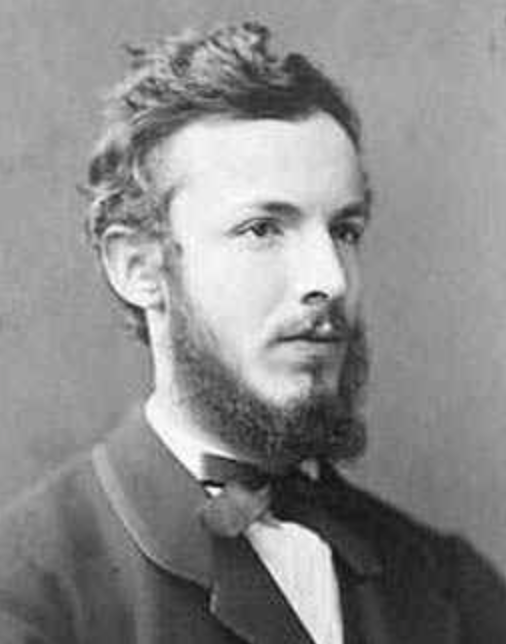
The concept of infinity has baffled the human mind since the time of Zeno of ancient Greece (490–430 BC.) who proposed several paradoxes about infinity. These paradoxes were later resolved with the development of calculus and the concept of limits. For example, up to the 17th century, it was unknown whether the sum of the reciprocals of the natural numbers (positive integers) was finite.
Mathematicians had an uncomfortable co-existence with the infinite because our experiences with tangible things seem to involve things that are finite, even if they are not countable. However in the mid-19th century, Russian born, Georg Cantor, a mathematician who had obtained a professorship at Halle, in association with fellow mathematician, Eduard Heine was inspired to change his focus from number theory to analysis. Using one-to-one correspondence as a definition of equal cardinality, he proved that the rational numbers have the same cardinality as the natural numbers and are therefore “countable.” The idea of comparing the sizes of infinite sets drew strong opposition from traditional mathematicians such as, Leopold Kroneker who asserted, “God invented the integers, and the rest is the work of man.” However, Cantor had developed a way of comparing the “size” of sets by the ability to set up a correspondence between them. This extended the concept of counting from finite to infinite numbers. This meant that the set of even integers has the same “size” as the set of all integers.
Known today as the founder of set theory, Cantor’s work was a significant contribution to the foundations of mathematics. His proof of the countability of the rational numbers, involving the diagonal mapping of the rational numbers onto the integers would become an important part of Gödel’s proof of his incompleteness theorems that shook the foundations of mathematics in 1931.
Strong opposition to his revolutionary ideas about sets and what are called “transcendental numbers,” combined with severe bouts of mental depression, associated with his mental illness, prompted Cantor to digress from mathematical research into philosophical writing. In June 1917 he entered, for the last time, a sanatorium for mental illness and remained there until his death from a heart attack on January 6, 1918.
So Cantor’s definition of transcendental numbers gave us a way to compare the sizes of infinite sets by matching their elements. Of course, some things, like the number of stars in the universe, cannot be counted either because we cannot gain access to them all, or because the universe is infinite and there are infinitely many of them. If the latter, then the number of stars has the same cardinality as the natural numbers.
A famous quote, falsely attributed to Einstein, actually came from William Bruce Cameron who once stated, “Not everything that can be counted counts, and not everything that counts can be counted.”
